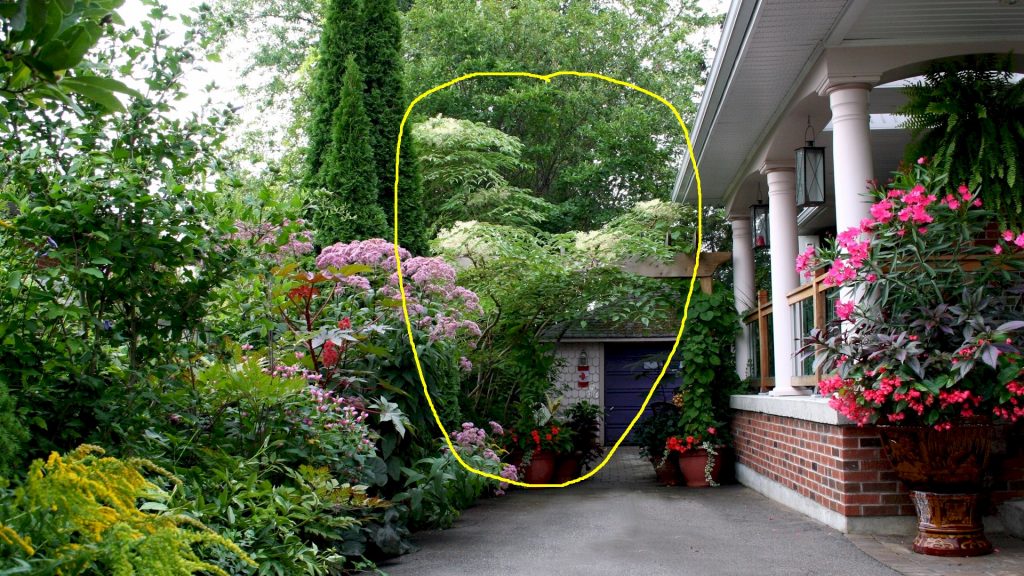
Hello, I love the look of Japanese Angelica ever since I saw a gnarly old specimen at the Niagara botanical gardens. For years I enjoyed its flower plumes and arched branches despite its thorny demeanor and wandering eye. It was worth the extra work. Two years ago a spiteful and unstable neighbour poisoned it by spraying something on the branches which they could reach from their side of the property fence. They know nothing about plants so this was not some kind of lofty protest against invasive ornamental tree species. The tree is half the size it once was and it does not seem as happy now though there is new growth on the remaining half. If I need to replace it this year I was just wondering what else would have a similar look and size and be OK with part shade and maybe be not so aggressive. I love a ‘tropical’ or lacy look, there’s room for an approx. 15 to 20 foot high tree. Thank you so much for your time and keep up the great work!
Thank you for submitting your question to the Toronto Master Gardeners. I am sorry to hear about your Japanese Angelica tree (Aralia elata). You are correct, that it is considered an invasive species. If you decide to replace it, there are many native tree / shrub alternatives that will grow in your conditions and provide interest in terms of delicate leaves, flowers or fruit. You said that you first saw the Angelica in Niagara but not where you are located. Three suggestions are listed below. I have also listed three website that provide suggestions and information about many native trees and shrubs. You may want to consult with your local Nursery (by phone or online) regarding whether any of these suggestions would be suitable to your area.
- Eastern Redbud (Cercis canadensis), a small, deciduous flowering tree, which will tolerate many soil types and partial shade.
- Pagoda Dogwood (Cornus alternifolia) is a small, deciduous flowering tree. Will tolerate partial shade.
- Staghorn Sumac (Rhus typhina) is a large shrub / small tree. It has interesting compound leaves that turn red in fall. Upright fruits are red and provide winter interest. The downside is it can spread.
Resources for further reading:
- Ontario Trees and Shrubs http://www.ontariotrees.com/main/alien_native.php?type=N
- City of Guelph Native Plant List https://guelph.ca/wp-content/uploads/droughtTolerant-NativePlants.pdf
- Landscape Ontario https://landscapeontario.com/landscaping-with-native-plants

